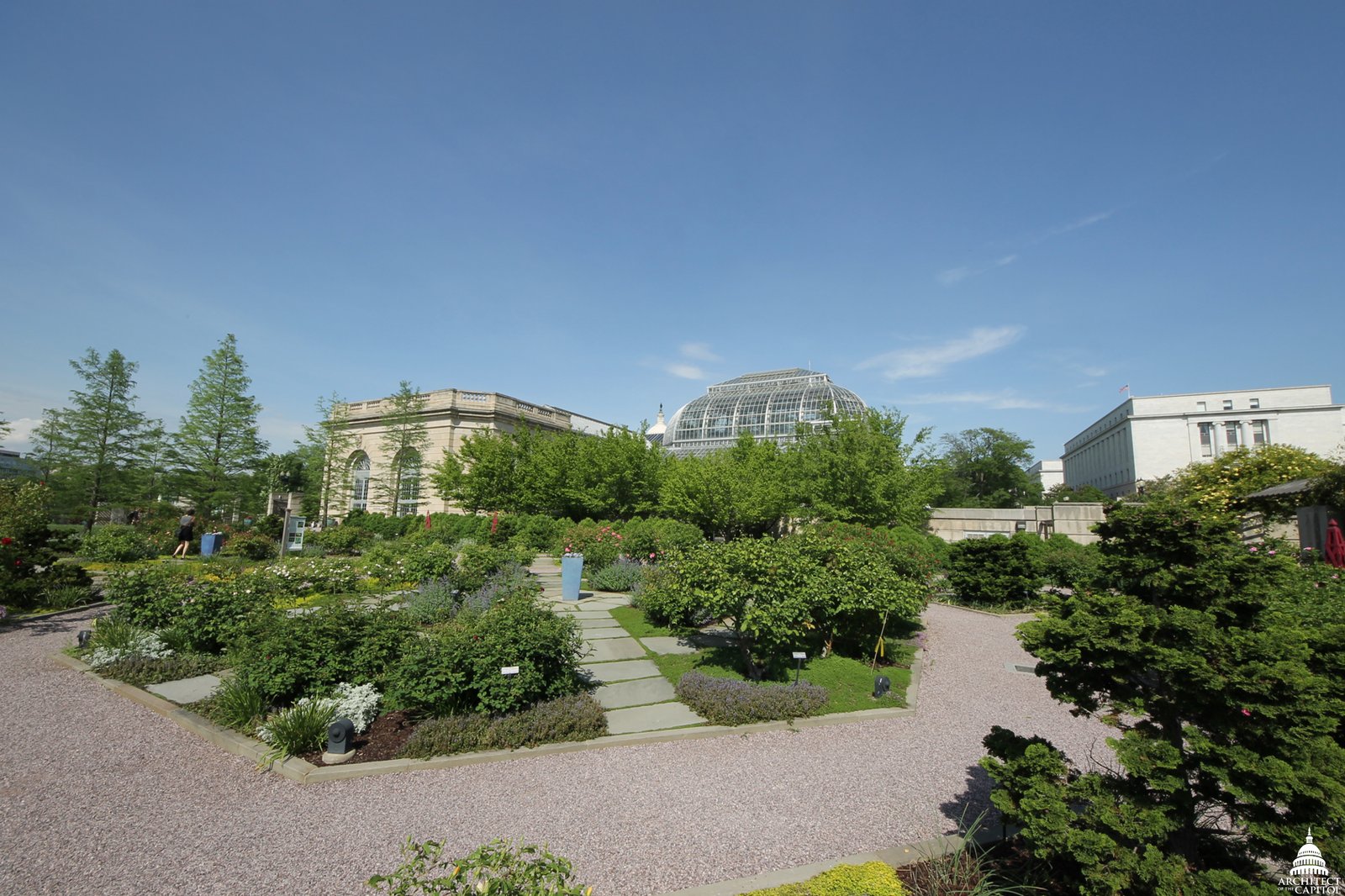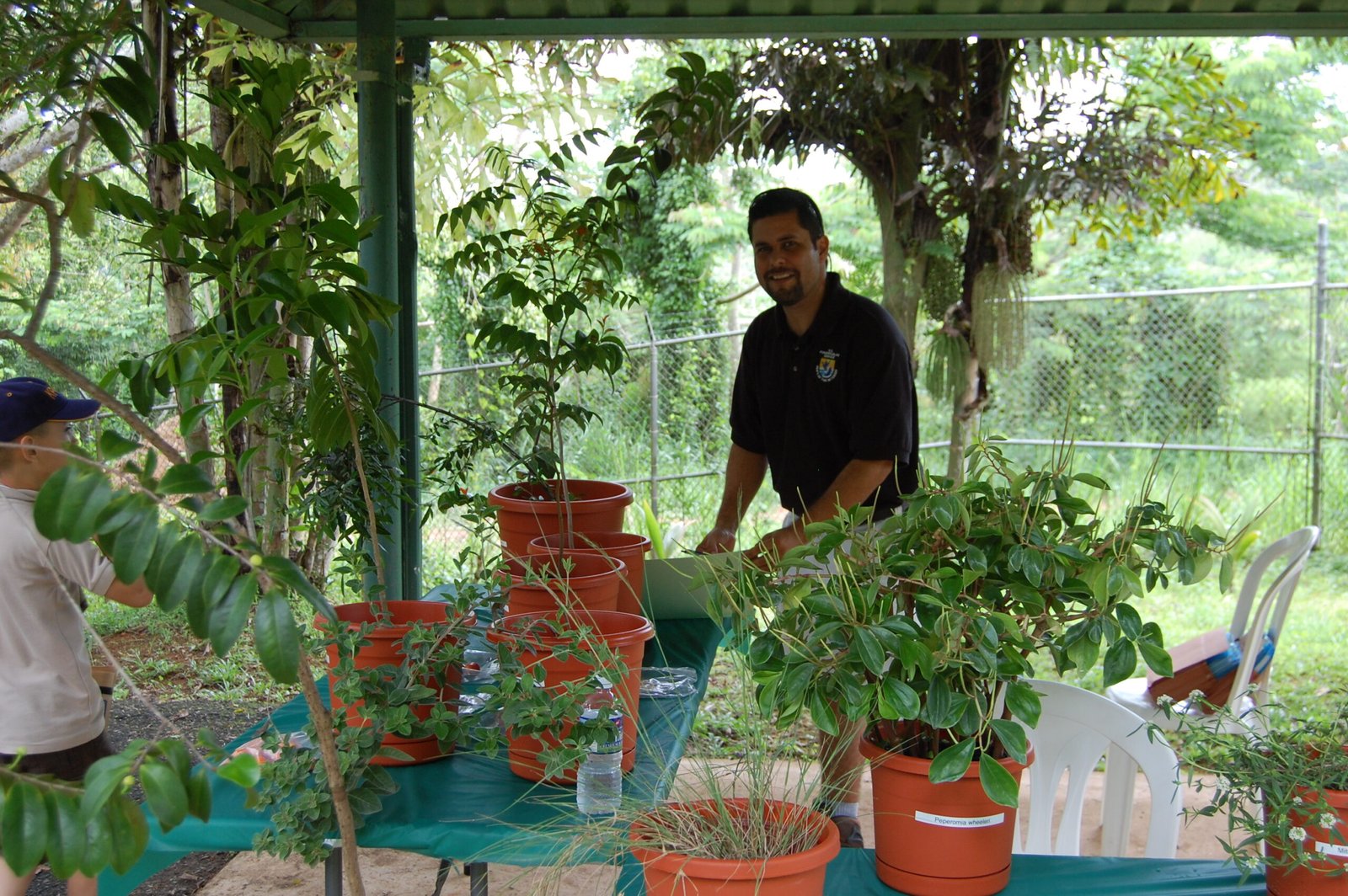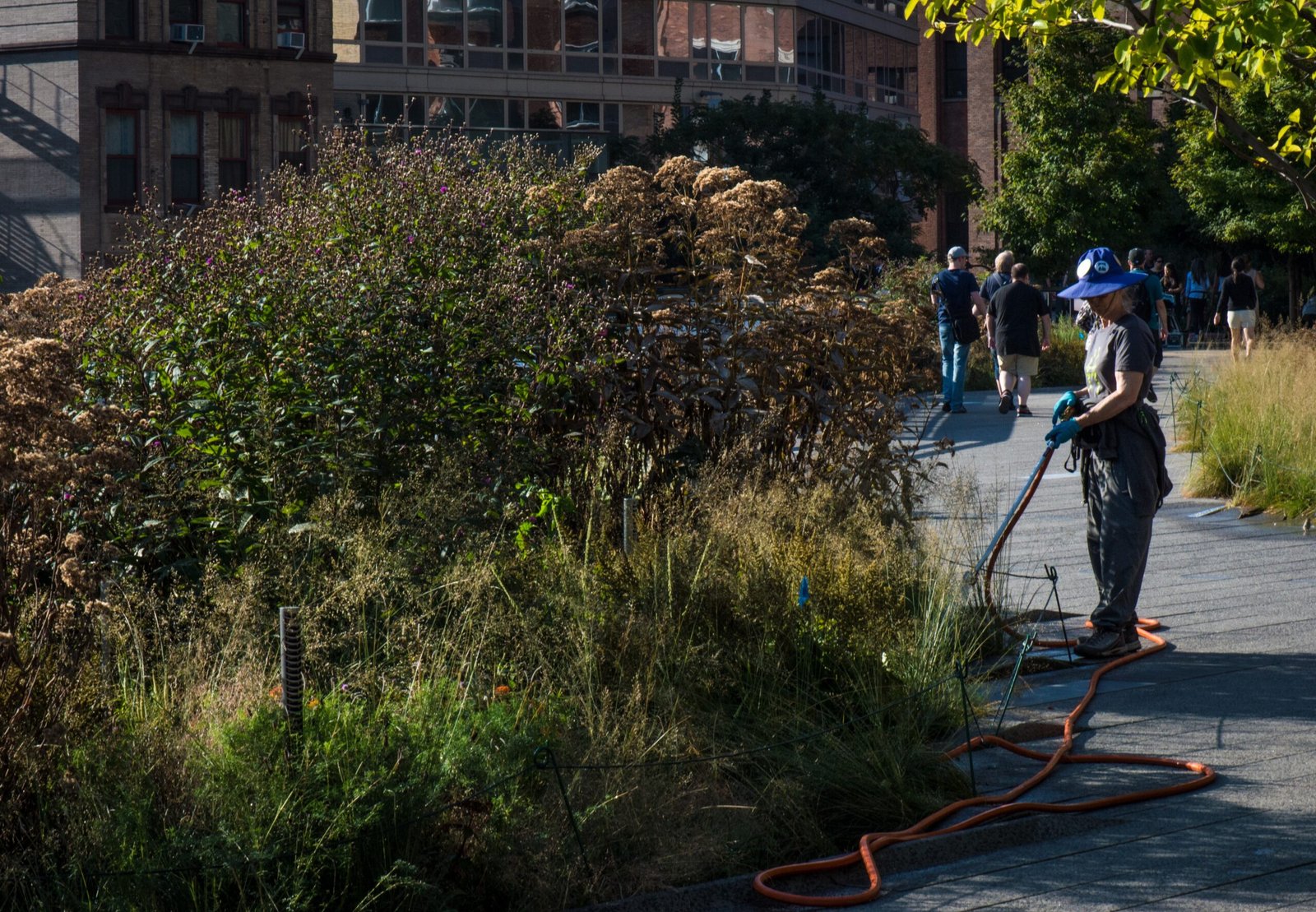Have you ever walked through a lush public garden and felt a sense of awe at nature’s beautiful variety? That feeling is more than just a fleeting moment of happiness—it’s a glimpse into the vital, vibrant world of biodiversity that sustains life on Earth. National Public Gardens Day is not simply a date on the calendar; it’s a powerful reminder of how these living museums play a crucial role in protecting our planet’s precious diversity. As the world faces unprecedented threats to wildlife and ecosystems, public gardens emerge as unexpected heroes in the fight for conservation. They are sanctuaries for rare species, hubs for scientific discovery, and living classrooms where every visitor can become a champion for nature. The significance of this day stretches far beyond garden gates—it touches the very heart of our shared responsibility to nurture and defend the natural world.
The Hidden Power of Public Gardens

Public gardens may seem tranquil and ornamental, but beneath their peaceful surfaces lies a world bustling with life and scientific purpose. These spaces are not just places to admire flowers—they are dynamic ecosystems teeming with plants, insects, birds, and small mammals. By carefully curating plant collections, public gardens preserve species that may be vanishing in the wild, providing a vital lifeline for biodiversity. Many gardens also serve as living laboratories, where researchers study plant health, climate resilience, and ecosystem interactions. Through their efforts, these gardens become silent warriors in the battle against extinction, offering hope for the future of countless species.
Safeguarding Endangered Species

One of the most inspiring roles of public gardens is their commitment to saving species on the brink of extinction. Many rare and endangered plants find refuge in these sanctuaries, protected from habitat loss and environmental threats. Dedicated horticulturists and botanists work tirelessly to propagate and reintroduce such species into their native environments, sometimes after decades of decline. The Franklin tree, for example, now exists only in cultivation thanks to botanical gardens. This hands-on conservation work often goes unseen by the public, but it is truly the last line of defense for some of Earth’s most vulnerable flora.
Living Seed Banks for the Future
Imagine a library, but instead of books, it holds seeds—each one a tiny promise of life. Public gardens often maintain seed banks, storing diverse plant species for future generations. These collections act as insurance policies in case of natural disasters, disease outbreaks, or climate change impacts. If a species disappears from its native habitat, seed banks can provide the genetic material needed for restoration. This work is especially vital as habitats around the globe become more fragmented and stressed, making seed conservation a cornerstone of biodiversity protection.
Connecting Communities with Nature
Public gardens are not just havens for plants—they are places where people forge meaningful relationships with the natural world. Through hands-on workshops, guided tours, and family events, visitors of all ages discover the wonders of ecology and conservation. These experiences can spark lifelong passions for nature and inspire action in local communities. By making biodiversity accessible and engaging, gardens bridge the gap between scientific research and everyday understanding. People leave feeling empowered, knowing they too can make a difference in protecting our planet.
Promoting Urban Biodiversity

In bustling cities, green spaces become precious oases for wildlife and humans alike. Public gardens play a critical role in supporting urban biodiversity, offering shelter and food to pollinators, birds, and small mammals. These gardens incorporate native plants and design elements that attract beneficial insects, helping to sustain entire ecosystems within city limits. By demonstrating sustainable landscaping practices, public gardens set an example for homeowners and city planners, encouraging more wildlife-friendly environments everywhere.
Education and Advocacy in Action

Every visit to a public garden is an opportunity for learning and advocacy. Interpretive signs, interactive exhibits, and knowledgeable staff help demystify complex ecological concepts for visitors. Many gardens host annual events on National Public Gardens Day, drawing attention to global conservation challenges and local solutions. By raising awareness about threats like habitat loss, invasive species, and climate change, public gardens cultivate a sense of stewardship among the public. Educated communities are more likely to support conservation initiatives and make sustainable choices in their daily lives.
Research and Scientific Innovation
Behind the scenes, public gardens are hubs of groundbreaking scientific research. Botanists conduct studies on plant genetics, disease resistance, and adaptation to changing climates. These findings not only benefit gardens themselves but also inform global conservation strategies. Collaborative projects with universities and conservation organizations often lead to discoveries that ripple across the scientific community. For example, research on drought-resistant plants at botanical gardens can inform agricultural practices, helping to secure food supplies in a warming world.
Preserving Cultural Heritage
Public gardens are living archives of cultural as well as biological heritage. Many gardens showcase plants with deep historical and cultural significance, such as ancient medicinal herbs or heirloom crop varieties. By preserving and interpreting these plants, gardens connect visitors to the stories and traditions of diverse communities. This celebration of heritage fosters respect for the intricate links between people and the environment, reinforcing the idea that biodiversity is woven into the fabric of human life.
Inspiring Citizen Scientists
National Public Gardens Day often invites visitors to become citizen scientists—ordinary people contributing to extraordinary discoveries. Through activities like bird counts, pollinator monitoring, and plant surveys, garden-goers gather valuable data that supports large-scale conservation projects. This hands-on involvement not only aids scientific research but also deepens participants’ appreciation for nature. When people feel they are part of something bigger, their sense of responsibility and wonder grows.
Championing Sustainable Practices
Sustainability is at the core of modern public gardening. Many gardens are pioneers in eco-friendly practices, such as composting, water conservation, and organic gardening. Their efforts reduce waste, protect local waterways, and create healthier habitats for native species. By sharing these techniques with visitors, gardens empower individuals to adopt greener habits at home. Every small change contributes to the larger goal of conserving resources and protecting the environment for future generations.
A Call to Action for the Future
The celebration of National Public Gardens Day is a powerful invitation to reconsider our relationship with the natural world. It reminds us that every garden, no matter how small, is a testament to hope, resilience, and the possibility of renewal. As we face mounting environmental challenges, the role of public gardens becomes ever more essential. They show us the beauty and fragility of life, and they call on us to act—with curiosity, compassion, and determination. What role will you play in the story of nature’s survival?




